Drawing a straight line between Cape Town and Lord’s is dozy thinking
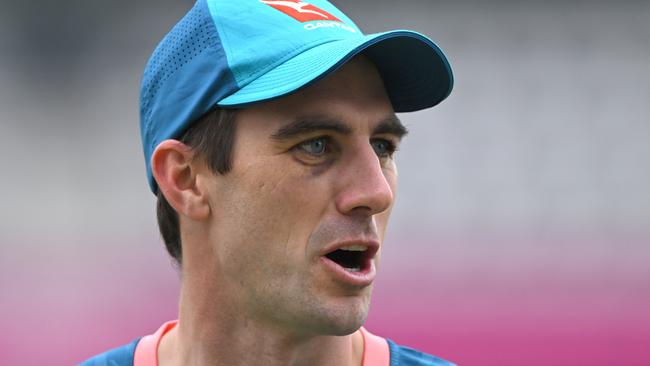
Readers are invited to offer suggestions in the comments. Son of Underarm and/or Jonnyline do not quite suffice, as no contemporary cricket scandal worth the candle is complete without the suffix -gate – affording, of course, a satisfying symmetry with Sandpapergate.
Still, Sandpapergate has, inevitably, come up quite a lot, many treating it as the go-to argument clincher. Australians? Anyone for sandpaper? Haw haw haw! Collapse of stout party etc.
Even m’learned friend Matthew Syed of The Times has referred to “the weight of history that surrounds this team”, with the trembling solemnity might reserve for a crime of imperialism.
Yet in doing so, Syed reveals a dispiritingly narrow perspective of the episode: he elides some facts, omits others, and otherwise plays to that gallery who think it hugely profound to say that sport is about …wait for it … more than winning. Well, d’uh.
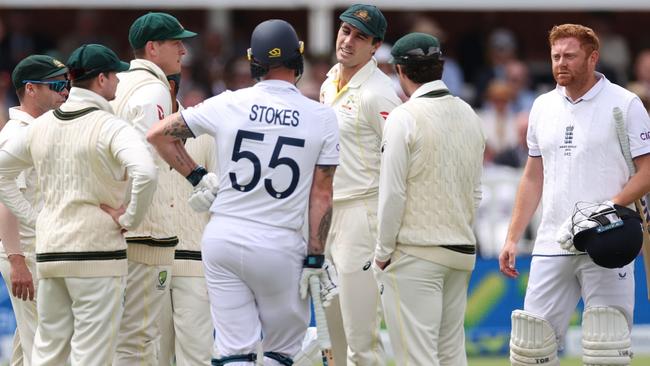
When the history of the last decade of Australian cricket comes to be written, Sandpapergate will be one of two episodes to stand out. The other, with helps understanding both this team and its relationship to the Australian public, is the death of Phillip Hughes in November 2014.
We are reminded of this less often, because, frankly, it takes Australians places we would rather avoid: even I, who barely knew him, feeling slightly emotional writing this, as I remember as comfortably the worst week of my writing life.
Ironically, Brendon McCullum has spoken, movingly, of the event’s impact on his own thinking. Australians have been less obviously candid. It merely peeps through every now and again: Nathan Lyon referred glancingly to the tragedy after the Lord’s Test in response to the suggestion, bizarre and offensive, that he batted in the second innings in order to solicit a concussion substitution. After all this time, I noticed, he could not even use Hughes’ name.
In the wake of Hughes’ death, there was a massive spontaneous outpouring of public love for cricket in Australia, if not, at least wholly, for its cricket team. Under the direction at the time of Michael Clarke and Darren Lehmann, and with the encouragement of its administrative classes, Australia had grown into a self-consciously aggressive and abrasive team, convinced that part of their aura was being unpleasant to play against.
There were diverse ways to response to the trauma of 2014. McCullum has said he went one way: he reassessed his on-field deportment. Australia appeared, to me at least, to trend the opposite way: to try to guts it out, to carry on as before, out of a combination of stoicism and desperation.
Which is also what Cricket Australia demanded they do. At the time we did not question it – it even felt necessary – but the Australian team were pushed out to play a Test match less than a fortnight after Hughes’ funeral.
They played a full suite of Tests against India – because, of course, we must always play India, because money, because politics etc.
They powered through a World Cup on adrenaline and testosterone, and then, frankly, it all petered out, in England eight years ago, precipitating the retirements of Clarke, Shane Watson, Brad Haddin, Ryan Harris, Chris Rogers and Mitchell Johnson within six months.
Age had caught up with them somewhat; but just as much a part of their decisions, I suspect, was a difficulty in feeling quite the same way about cricket. The departures also had the effect of promoting to the captaincy and vice-captaincy Steve Smith and David Warner, superb cricketers but a coalition with Lehmann that adhered rather than cohered.
Some efforts were made to assist the team through this traumatised time, but I suspect they focused less on actual player welfare than with ensuring the show went on and the beast was fed.

It was telling that in 2017 the Australian Cricketers’ Association fought an ugly pay dispute with CA that was less about money than the players’ sense of partnership with their administration, underlain by a worsening sense of mutual distrust. Warner in particular took a shop steward’s stance, to the extent that some in CA wished his ouster as vice-captain.
So to Sandpapergate, which there is no avoiding was a crassly stupid act, if so crassly stupid as to make you wonder quite what madness took hold: it would make a fascinating study in group dynamics.
South Africa 2018 was an ugly tour with escalating incidents of player indiscipline on both sides and some of the most egregious crowd misbehaviour in memory. CA were almost entirely ineffectual: some directors, I suspect, still had noses out of joint about the pay dispute, and didn’t mind Warner, and his wife, getting a bucket of cold sick poured over them every day.
To Sandpapergate there were two waves of response. In Australia, lovers of the game were as unanimously furious as they had been unanimously moved by Hughes’ death. Round the rest of the world, meanwhile, spread a sense of schadenfreude, at the bully ensnared by their own connivances. The Australians had never been popular champions; they had convinced themselves this did not matter; they received a salutary reminder that it did.
Syed is convinced that Lord’s demonstrates the Australians’ impenitence about Sandpapergate. He furnishes as evidence: “The Australian cricket board sought to “draw a line” under the affair by conducting an independent inquiry, but — as most people now realise — it was a sham.
“Only 24 per cent of the Australian players engaged with the process, most refusing to answer the questions of the supposedly thorough inquiry.”
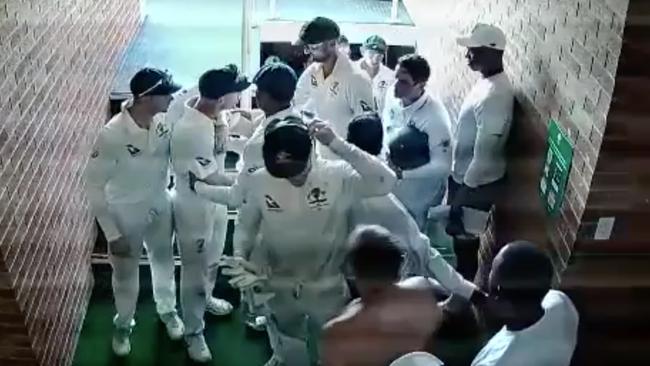
This is erroneous. There were two official responses. One was the inquisition by a CA official, Iain Roy, sent to Cape Town. This certainly could and arguably should have been more thorough, although there was at the time pressure to take action immediately, and the outcome was probably the heaviest sanctions ever imposed on Australian cricketers. The suspensions of Smith, Warner and Cameron Bancroft, in addition to their desertion by sponsors and their Indian Premier League franchises, cost them millions of dollars.
Syed has conflated this inquiry with CA’s subsequent full-scale independent cultural review, led by Sydney’s Ethics Centre, whose findings about the organisation’s soulless commercialism and abject external relations were so damning that they caused the departure of the chairman and multiple executives.
The players were only one element of this review, and there was no need for them to respond directly to it, because a thorough submission was made on their behalf by the Australian Cricketers’ Association.
What about Justin Langer? He was put in to mend the culture, then the players forced him out, yes? That’s only a bit right. Langer’s reputation and rigour proved invaluable in the years following Sandpapergate, externally as well as internally: credible, likeable and a fundamentally good man, he was an excellent public face for the team.
But on the eve of the last Ashes, there was a further scandal that underlined how badly haunted CA remains by Sandpapergate – the defenestration of Tim Paine over an indiscretion for which the organisation had privately cleared him in 2017, but which when it threatened to go public they panicked and tried to head off an anticipated fan backlash.
In fact, the public response proved far from monolithic. Some were uneasy about an ancient folly being judged by the new prudery of the age, others by the obvious double jeopardy of trying Paine twice for the same offence.
But the most important medium-term impact was the installation as Paine’s successor of Pat Cummins, whose experienced side, after four years with Langer, felt in need of a different coaching touch. CA, who can make the England Cricket Board look like a smooth-running machine, bollocksed this transition up too.
So the line to be drawn from Sandpapergate to SameOldAussieGate is at best a zig-zag, and exists mainly in the mind of those dwelling in the lowlands of atavistic hatred or the lofty heights of condescension.
Paine’s successor as gloveman Alex Carey, furthermore, is a hugely ironic focus of ire, being an exceptionally courteous young man: at Lord’s he did no more than take quicksilver advantage of an opponent’s ineptitude, only to find himself paying for animosities lingering from previous generations.
Equally ironic is it to recall that on the eve of the Lord’s Test, there were salty old English cricketers deploring that these Ashes were being played in too friendly a spirit. We’re never satisfied, are we? I’m surprised it wasn’t called Politenessgate.

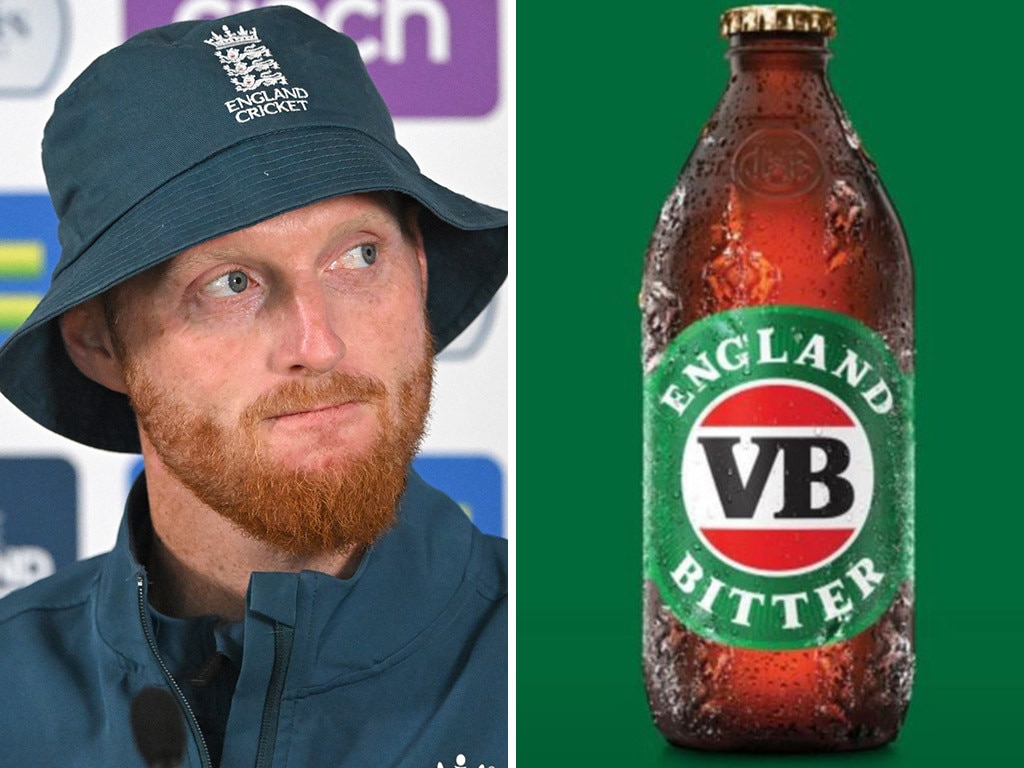
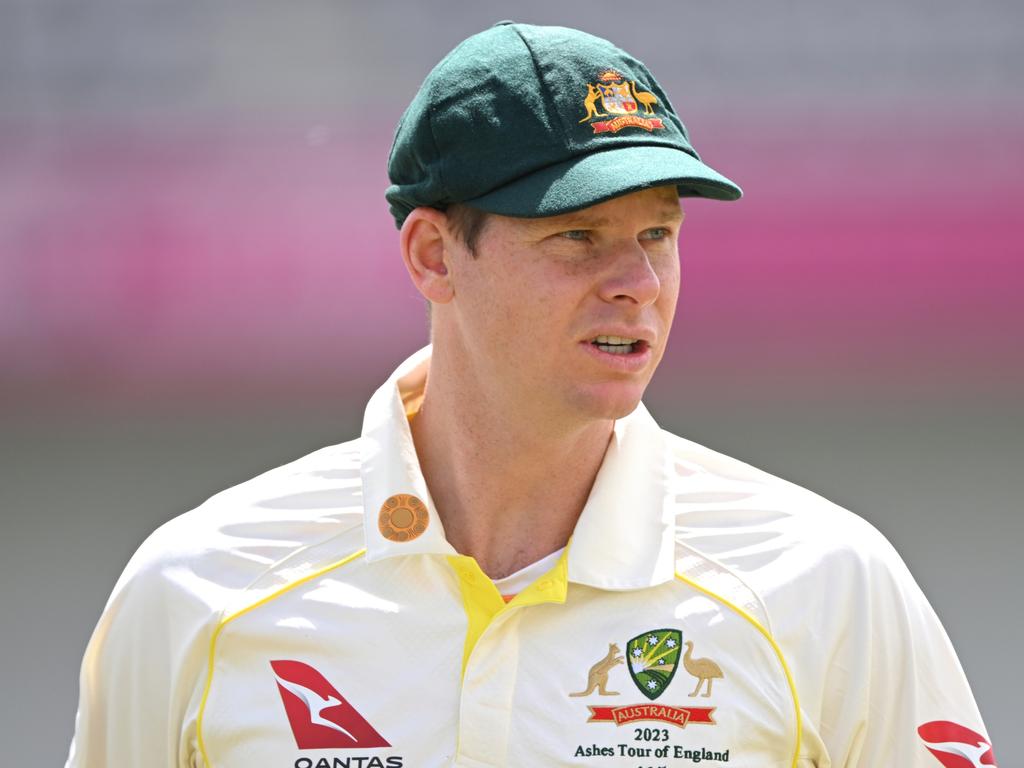




Satisfying a controversy as it has been on so many levels, the imbroglio surrounding the stumping of Jonny Bairstow has lacked one thing: a suitably punchy name.